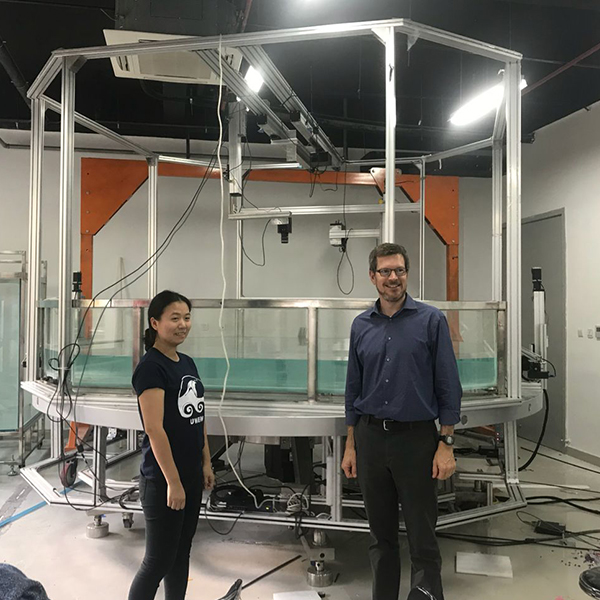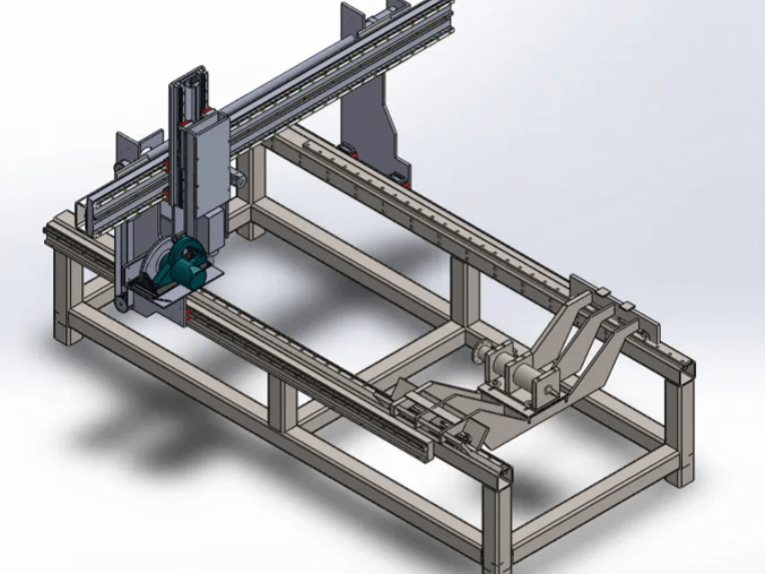Let’s focus on the technical parameters that justify 4-axis CNC mill advantages:
- 1. Enhanced Flexibility and Complexity:
- The 4-axis mill introduces rotational movement around the X-axis (known as the A-axis). This additional axis allows for the machining of more complex geometries that would be challenging or impossible with a traditional 3-axis machine.
- 2. Improved Precision and Accuracy:
- With the ability to approach the workpiece from additional angles, the 4-axis CNC mill enhances precision. Technical parameters such as smaller positional tolerances and improved alignment capabilities contribute significantly to the accuracy of the final product.
- 3. Increased Efficiency and Productivity:
- The 4-axis capability reduces the need for multiple setups and repositioning of the workpiece. This efficiency leads to quicker production times and reduced machine downtime, ultimately increasing overall productivity. For example, simultaneous 4-axis machining can be utilized for continuous cutting operations, reducing cycle times.
- 4. Better Surface Finish:
- Technical considerations such as consistent spindle speed and feed rate adjustments, combined with the ability to rotate the workpiece, result in superior surface finishes. This is particularly advantageous in the aerospace and automotive industries where surface integrity is paramount.
- 5. Expanded Material Capabilities:
- The 4-axis CNC mill is capable of handling a wider range of materials, from softer substances like plastics to harder materials such as titanium and stainless steel. This versatility is underpinned by the optimizable cutting parameters provided by the added axis.
By leveraging these technical advantages, I have found that a 4-axis CNC mill offers substantial improvements over traditional 3-axis machines, through enhanced flexibility, precision, efficiency, surface finish quality, and material capability.
Rotation Around the B Axis
Rotation around the B axis refers to the pivotal movement of the workpiece or tool around the Y-axis in a 4-axis CNC mill. This additional rotational capability allows for more complex geometries to be machined in a single setup, eliminating the need for multiple repositioning. It significantly enhances machining efficiency and precision, particularly for parts with intricate features or those requiring angled cuts. By rotating around the B axis, it is possible to achieve continuous, uninterrupted cutting operations, which improves both the speed and quality of the final output.
Advantages Over 3-Axis Machines
- 1. Enhanced Geometric Flexibility:
- The primary advantage of a 4-axis CNC mill over a 3-axis machine is its ability to rotate around the B axis. This additional axis allows for the machining of more complex and intricate geometries, which would otherwise require multiple setups or even be impossible to achieve with a 3-axis machine.
- 2. Improved Efficiency and Reduced Setup Time:
- By incorporating rotational capabilities, a 4-axis CNC mill minimizes the need for repositioning the workpiece. This not only reduces setup time but also enhances machining efficiency, leading to faster production cycles and lower overall manufacturing costs.
- 3. Higher Precision and Surface Quality:
- The ability to perform continuous, uninterrupted cutting operations with a 4-axis CNC mill results in superior precision and surface finish quality. The added axis allows for smoother transitions and finer detailing, essential in industries where surface integrity and dimensional accuracy are critical.
These advantages make 4-axis CNC mills a preferred choice in advanced manufacturing environments, particularly in sectors such as aerospace, automotive, and medical device production.
Common Applications of 4-Axis CNC Machines
4-axis CNC machines are renowned for their versatility and are extensively utilized across multiple industries. Key applications include:
- 1. Aerospace Component Manufacturing:
- 4-axis CNC machines are essential in the aerospace sector for producing complex components such as turbine blades, aircraft structural parts, and engine housings. The high precision and intricate geometries required in these parts are achievable due to the additional rotational axis, which allows for continuous and multi-directional cutting without frequent repositioning.
- 2. Automotive Industry:
- In the automotive sector, 4-axis CNC mills are employed to machine parts like camshafts, crankshafts, and gear components. The ability to process hard materials with high precision and maintain tight tolerances is crucial, ensuring optimal performance and reliability of the final automotive parts.
- 3. Medical Device Production:
- The medical field benefits from 4-axis CNC machines in the production of highly precise surgical instruments, implants, and prosthetics. The superior surface finish and dimensional accuracy provided by 4-axis machining ensure conformance to stringent regulatory standards and the functionality of medical devices.
Technical Parameters:
- 1. Accuracy: Typically within ±0.002 inches (±0.05 mm), essential for high-precision requirements.
- 2. Speed: Capable of spindle speeds up to 12,000 RPM or higher, depending on machine specifications.
- 3. Surface Finish: Achieving a surface roughness average (Ra) as low as 0.8 micrometers, which is critical for parts requiring smooth finishes.
Each of these applications leverages the advanced capabilities of 4-axis CNC machines to meet industry-specific demands, ensuring high quality, efficiency, and consistency in production.
Post time: Apr-24-2025








